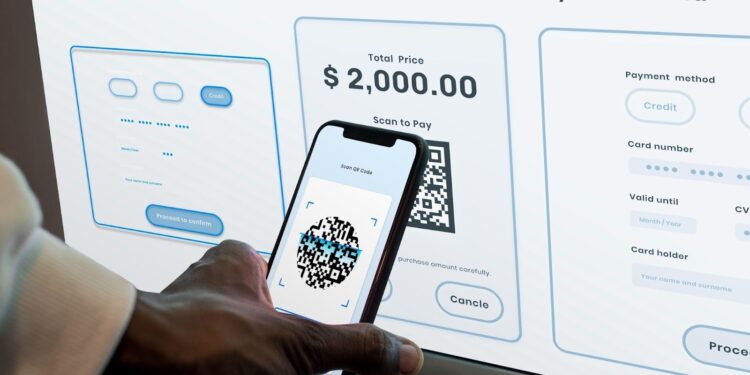While credit card payments are still used in gaming, the number of gamers choosing to pay with this method is getting smaller by the day.
Game stores, launchers, and live-service titles currently support a wider mix of payment rails that all promise faster checkout, clearer budgeting, and fewer interruptions. The available payment stack, from device wallets to direct-from-bank buttons and prepaid vouchers, is evolving to reflect how players already move money day-to-day.
Why Gamers Are Moving Beyond Cards
Gamers are always among the first to seek out and adopt new technologies, and payment methods are no exception. Although part of a broader economic shift, the benefits for players are concrete.
Other than the obvious benefits of convenience and control, it’s also continuity. Continuity matters when a platform changes processors or a payment method goes offline. Under such circumstances, saved alternatives can keep your weekend raid or launch-day download on track, where otherwise you would lose out.
Blockchain: A Natural Fit for Gaming
Blockchain and distributed ledgers are a natural fit for in-game digital economies, as NFTs and other ledgers can represent ownership, scarcity, and map the transfer of value.
The most visible adoption of blockchain today sits in iGaming. Because casino and other iGaming titles use real money, speed, finality, and fraud resistance are of paramount importance. If you are considering cryptocurrency as a payment option, checking leading rated crypto sites can be useful to compare how different crypto rails perform in terms of user experience and payout reliability.
For developers, the benefits of crypto payments include high-throughput, low-fee networks able to log game events, deter exploitation, and offer support for microtransactions and user-generated marketplaces. For players, that means purchased assets can persist across updates, and potentially even across game titles or platforms.
Digital Wallets and Tap-To-Pay
Wallets such as Apple Pay, Google Wallet, PayPal, and many more have become defaults inside many game stores and companion apps. They reduce traceable keystrokes and hide your primary card’s details from every new checkout. Digital wallets also improve approval rates for small, frequent purchases like battle passes or skins.
On mobile and in some supported browsers, tap-to-pay extends the ease of wallets to physical retail. Smart devices with NFC technology enabled allow you to buy hardware, gift cards, or top-up codes to redeem online, without exposing your card.
Prepaid Cards, Vouchers, and Gift Codes
Prepaid methods remain invaluable for younger players, gamers who share devices, and privacy-minded users alike. Store cards, wallet codes, and retail vouchers allow you to load a fixed amount on your gaming account. Such methods are popular as they can avoid accidental subscription renewals and keep financial details off consoles or shared PCs. They also act as a backup when a preferred method presents a temporary issue.
Direct-from-Bank Payments
Open-banking and instant-payment rails are appearing as “pay from bank” options in some areas. Here, funds move directly between your bank and the gaming platform, thereby cutting card networks out of the loop.
This method is appealing because it offers almost instant settlement, allowing for smoother content access for users and fewer chargebacks for merchants. This can then translate into more stable storefronts and sometimes even into reduced fees.
Carrier Billing and P2P-Style Options
On mobile, carrier billing gives you the option to roll gaming purchases onto your phone bill. This can help in markets where cards aren’t widely available or where data entry is a hassle.
On the other hand, peer-to-peer-style checkouts such as Venmo or Cash App Pay, when supported, mirror how people already split bills and tip creators. This makes the jump from social payments to buying things a natural extension.
Regional and Platform Differences
Of course, payment offerings differ by country, platform, and sometimes even by publisher.
A wallet that works inside one launcher might be missing from another. A direct-bank button might only function in Europe, but not in North America. Carrier billing, for example, works on mobile but not on console.
Because of these differences, the practical move is to save at least two complementary methods in each ecosystem you use most. This is so that a sudden policy change or service issue does not derail your winning streak.
Conclusion
While credit cards will remain part of gaming, they are no longer the only reliable option. Digital wallets and tap-to-pay deliver speed and security. Direct-bank payments promise clarity and quick settlement, while prepaid codes offer control. Carrier billing and P2P-style checkouts bring everyday familiarity. And blockchain adds verifiable ownership and fast, borderless value transfer where it’s needed most.
Build your payment mix around how and where you play, keep at least one backup, and you will spend less time in checkout and more time gaming.















